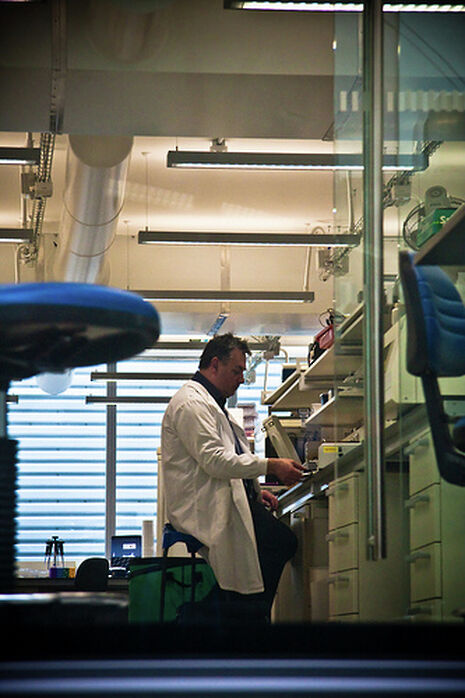‘It’s not fair, miss’: men commit most research misconduct
An American study finds that men are more likely to take risks to further their academic careers, which can stretch to misconduct.

A study by three senior academics at American universities has found that men are more likely than women to be involved in research misconduct at every level of academia. The data also showed that, proportionally, faculty members are twice as likely to be exposed for research misconduct than students. Researchers from the universities of Washington, New Jersey and the Albert Einstein College of Medicine in New York worked on the study, which suggests that men are more likely to take risks to further their academic careers. It points to increased pressure and competition among academics to publish research as one factor behind this trend.
Men make up about 70 per cent of faculty members in the life sciences in American universities, but account for 88 per cent of those found committing misconduct. Among postdoctoral researchers, 61 per cent of whom are male, 69 per cent of offenders were men. Men also accounted for 58 per cent of misconduct cases involving students, even though just 45 per cent of students in the life sciences are male. The report’s findings are based on a study of 228 cases of misconduct dating back to 1994 from the US Office of Research Integrity, which polices public funded research within the life sciences.
Logically, the study does not take into account any plagiarism that is not exposed; the report points to the possibility that females may be less likely to be detected, or indeed that they may be more able to resist any temptation to falsify or plagiarise research.
The University of Cambridge’s statement outlining their approach to research misconduct claims that cases of improper behaviour are rare, but says they are “investigated with all possible thoroughness and vigour”. It underlines that they are dealt with in the strictest confidence, following a three-point procedure. The document specifies that all members of the university have a responsibility to be aware of misconduct, and that if found culpable, dismissal is normally merited.
Professor Fang, one of the academics behind the new research, is a professor at the University of Washington School of Medicine and editor in chief of the journal Infection and Immunity. He believes that increased scrutiny is not the only reason for the report’s findings and that the rate of published retractions in scientific journals is indicative of a deeper problem.
The increasing lucrative appeal of publishing scientific research in a growing cut-throat world of academia is thought to be the predominant factor behind these findings. Researchers early in their career may feel the need to resort to misconduct in order to get their work published or to gain a higher standing within their field. But the report says that since many of humanity’s great problems rely on scientific findings, misconduct threatens to undermine trust in the validity of research.
Some commentators have called for tighter mechanisms to root out deceptive or plagiarised research before it comes to be published, in addition to the need for more transparency in the data used in studies. A well-known example of research misconduct involved the fabrication of an entire 900-patient study, published in 2005 by a Norwegian researcher, Jon Sudbø. It was regarded by the Lancet, one of the most respected medical journals, as being one of the biggest scientific frauds ever undertaken by a single researcher.
This new report highlights a growing trend. Research carried out by Daniele Fanelli at the University of Edinburgh in 2009 pooled the results of 21 surveys asking researchers whether they or their colleagues had either fabricated or falsified research. It showed that an average of 1.97 per cent of scientists admitted to having “fabricated, falsified or modified data or results - a serious form of misconduct by any standard - and up to 33.7 per cent admitted other questionable research practices. In surveys asking about the behaviour of colleagues, admission rates were 14.12 per cent for falsification, and up to 72 per cent for other questionable research practices”.
 News / Caius mourns its tree-mendous loss23 December 2025
News / Caius mourns its tree-mendous loss23 December 2025 Comment / Yes, I’m brown – but I have more important things to say22 December 2025
Comment / Yes, I’m brown – but I have more important things to say22 December 2025 News / Clare Hall spent over £500k opposing busway 24 December 2025
News / Clare Hall spent over £500k opposing busway 24 December 2025 Interviews / Politics, your own way: Tilly Middlehurst on speaking out21 December 2025
Interviews / Politics, your own way: Tilly Middlehurst on speaking out21 December 2025 News / King appoints Peterhouse chaplain to Westminster Abbey22 December 2025
News / King appoints Peterhouse chaplain to Westminster Abbey22 December 2025









